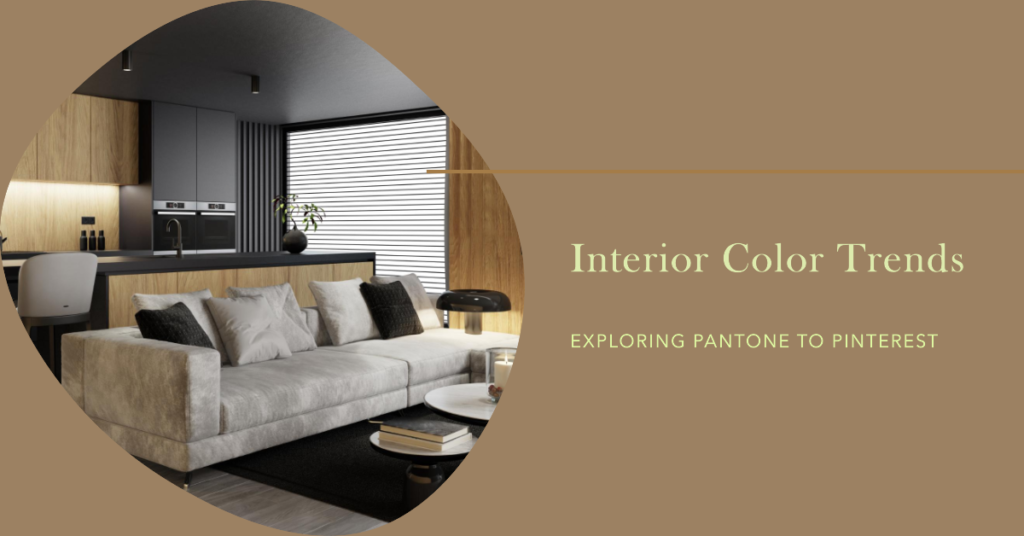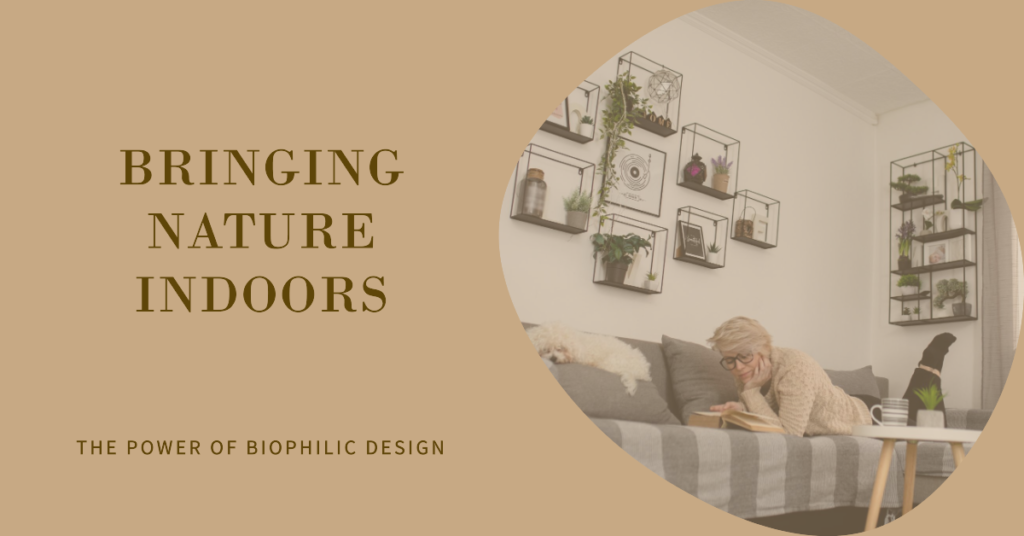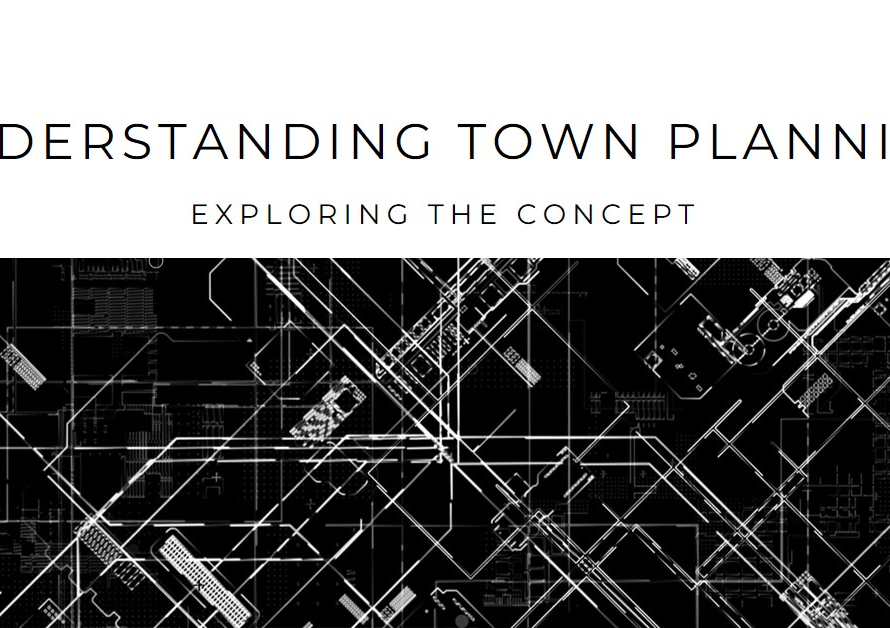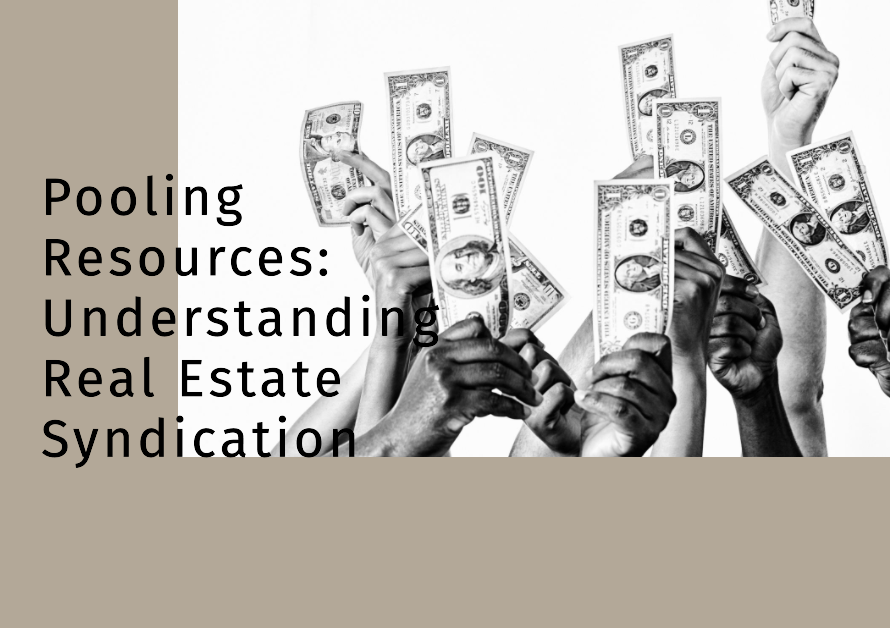
Table of Contents
Introduction to Interior Color Trends:
Interior Color Trends – In the realm of interior design, color serves as a potent tool for expression, mood-setting, and visual impact. From the timeless elegance of neutrals to the bold statements of vibrant hues, interior color trends continually evolve, reflecting societal shifts, cultural influences, and individual preferences. In this exploration, we delve into the dynamic world of interior color trends, from the authoritative insights of Pantone to the boundless inspiration found on platforms like Pinterest.
Pantone’s Palette Power:
At the forefront of color forecasting stands Pantone, revered for its Color of the Year announcements that set the tone for design industries worldwide. With meticulous research and analysis, Pantone identifies hues that encapsulate current cultural and design trends. Whether it’s the calming Classic Blue or the invigorating Living Coral, Pantone’s selections wield significant influence, permeating various facets of design, from fashion runways to interior spaces.
Beyond Pantone:
Diverse Influences: While Pantone holds sway in the world of color forecasting, other factors contribute to the ever-changing landscape of interior color trends. Cultural movements, technological advancements, and even global events can shape color preferences. For instance, the growing emphasis on sustainability has led to a surge in earthy tones and eco-friendly palettes, reflecting a collective desire to reconnect with nature and reduce environmental impact.
Pinterest:
A Kaleidoscope of Inspiration: In the digital age, platforms like Pinterest have democratized design inspiration, allowing users to curate and share ideas effortlessly. With millions of pins dedicated to interior design, Pinterest serves as a treasure trove of color inspiration, showcasing diverse aesthetics and trends from around the globe. From Scandinavian minimalism to Bohemian maximalism, users can explore an endless array of color palettes and design concepts, empowering them to craft spaces that resonate with their unique style.


The Psychology of Color:
Beyond aesthetics, interior color choices are deeply intertwined with human psychology and emotion. Studies have shown that certain colors can evoke specific feelings and behaviors, influencing our mood, productivity, and overall well-being. For instance, serene blues and greens are often associated with calmness and relaxation, making them ideal choices for bedrooms and living areas. On the other hand, energetic hues like red and yellow can stimulate creativity and conversation, making them suitable for social spaces such as dining rooms or home offices.
Embracing Neutrals:
Timeless Sophistication: While bold colors make a statement, neutrals hold enduring appeal for their versatility and timeless sophistication. From crisp whites to soothing grays, neutral palettes provide a neutral backdrop for layering textures, patterns, and accent colors. Moreover, neutral interiors have a timeless quality that transcends fleeting trends, offering a canvas for personalization and reinvention over time. Whether used as the main color scheme or as accents, neutrals lend an air of understated elegance to any interior space.
Exploring Bold Statements:
Vibrant Accents and Statement Walls: For those inclined towards bolder design choices, vibrant accents and statement walls offer an opportunity to inject personality and drama into a space. Whether it’s a pop of citrus yellow in the form of throw pillows or a daring feature wall painted in a deep, moody hue, bold colors can add depth and visual interest to any room. Moreover, experimenting with bold accents allows for easy updates and refreshes, enabling homeowners to embrace trends without committing to a complete overhaul of their interior decor.
The Role of Lighting:
Shaping Color Perception: In the realm of interior design, lighting plays a crucial role in shaping the perception of color. Natural light, artificial lighting fixtures, and even the orientation of a room can significantly impact how colors appear in a space. For instance, warm incandescent lighting can enhance the richness of earthy tones, while cool LED lights may accentuate the crispness of blues and greens. By considering the interplay between light and color, designers can create harmonious and visually pleasing environments that evoke the desired mood and ambiance.
Cultivating Personal Style:
A Journey of Self-Expression: Ultimately, navigating interior color trends is not just about following prescribed guidelines or mimicking popular aesthetics; it’s about cultivating a space that reflects your personal style and resonates with your unique sensibilities. Whether you’re drawn to the soothing serenity of pastels or the bold vibrancy of jewel tones, embracing color is an opportunity for self-expression and creativity. By infusing your space with colors that inspire joy and harmony, you can create a home that not only looks beautiful but also feels authentically yours.
Conclusion:
In the kaleidoscopic world of interior design, color serves as a powerful tool for expression, mood-setting, and storytelling. From the authoritative pronouncements of Pantone to the endless inspiration found on platforms like Pinterest, interior color trends offer a rich tapestry of hues and palettes to explore. By understanding the psychological nuances of color, embracing timeless neutrals alongside bold statements, and considering the interplay of light and space, homeowners can craft interiors that reflect their individuality and foster a sense of comfort and belonging. So, whether you’re embarking on a full-scale renovation or simply seeking to refresh your space, let color be your guide on a journey of endless possibility and creativity.


